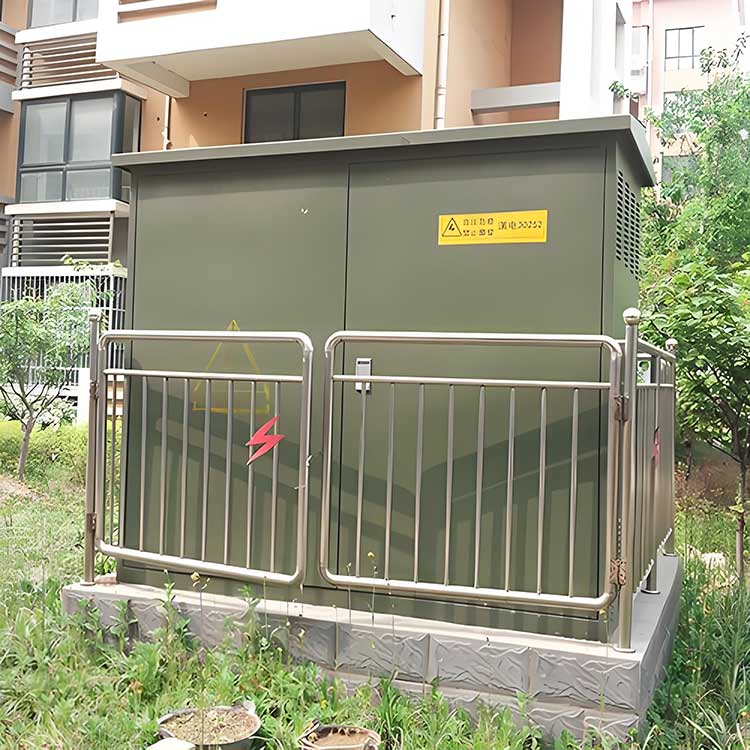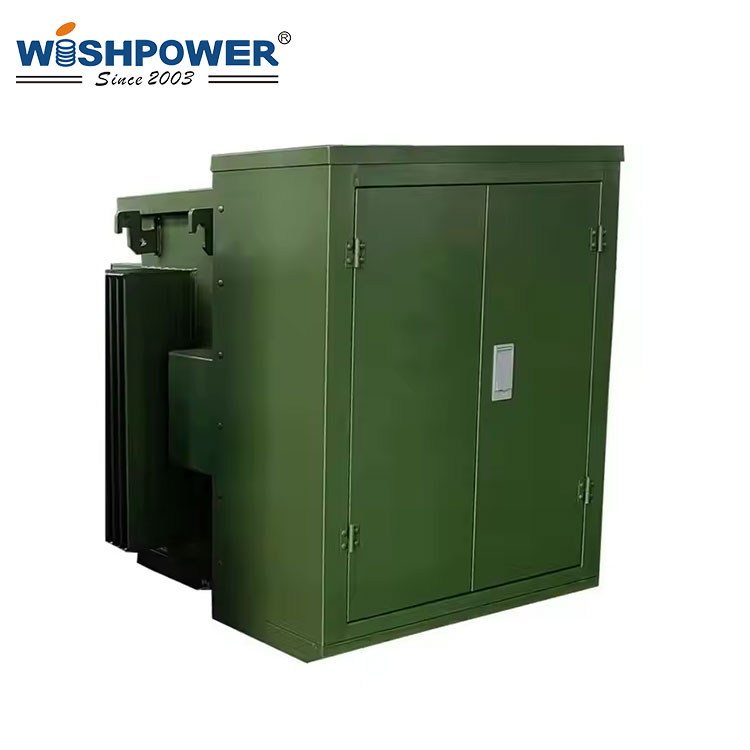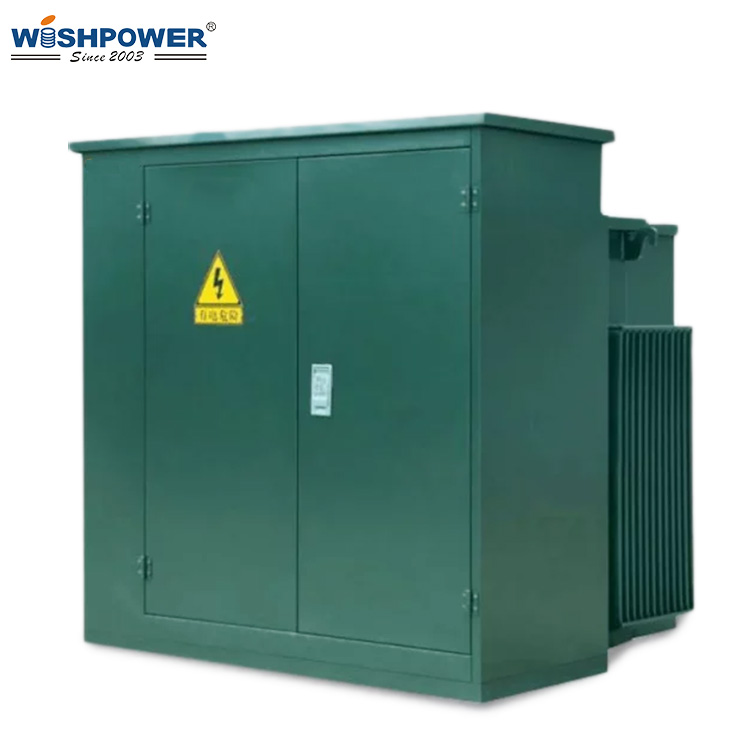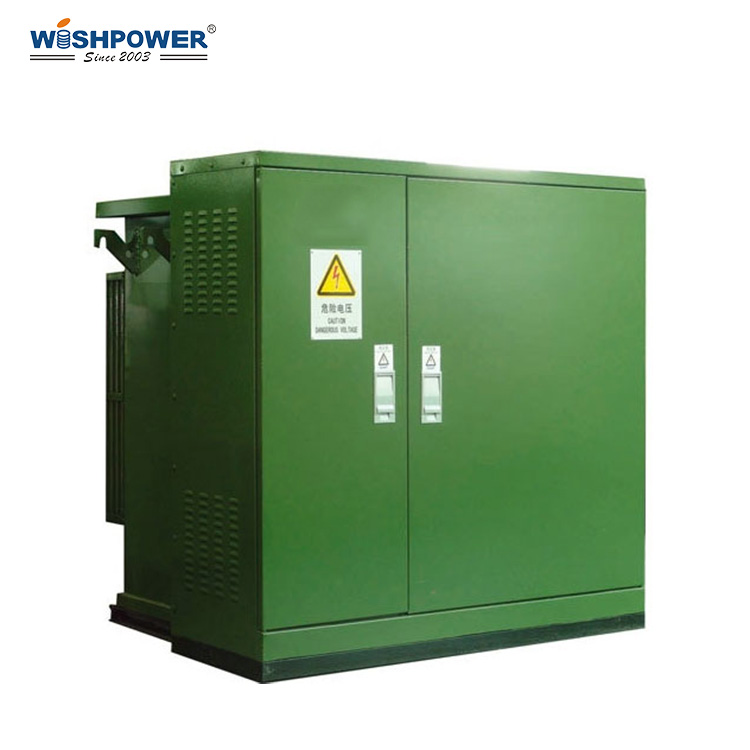Modern electrical distribution systems are built with pad-mounted transformers. Standard residential, commercial, and industrial area transformers are provided with these transformers, which are installed on a concrete or metal pad and provide reliable and efficient power distribution.

How long does a pad-mounted transformer last?
A well-maintained pad-mounted transformer will ordinarily last 20 to 40 years. The range of the transformer turns ratio, however, depends upon several factors including the transformer design, quality, usage conditions, and maintenance practice. Depending on how ideal the conditions of operation, and regular maintenance, transformers can last for some time, or in the case of some, they can be dispatched after play less than a time depending on the kind of force of the environmental conditions. However, it’s worth noting that although a pad-mounted transformer is supposed to operate for many years, the insulation and oil inside the transformer might deteriorate over time and will need to be replaced or, in some cases, repaired extensively.
Key Factors Affecting Transformer Lifespan
- Environmental Conditions
The lifespan of the transformer is dependent very much on the environment in which it operates. Transformers in areas served by extreme temperatures, and wet or corrosive elements will probably see more of the wear and tear. One good example is transformers in coastal areas that might be subject to salt corrosion that affects the metal parts and complete transformers. Areas that are prone to frequent storms and often flooding also cause damage from the ingress of water.
- Load and Overload Conditions
Bad situation, but if you run a transformer at or close to its full capacity it dramatically shortens its life. A transformer can’t handle a high volume of load in the same way, so if you’re driving beyond what it’s rated for, it overheats and wears out quickly. Excessive thermal stress on the insulation occurs when a transformer is overloaded, which can eventually degrade the insulation material until eventually transformer failure occurs.
- Maintenance and Inspections
Maintaining the life of a pad-mounted transformer is essential. Without good maintenance bushings, tap changers, or cooling systems can fail early. Regular field checks should include observation of oil level and quality if the transformer contains oil (in a tapped oil-filled transformer), searching for signs of leakage, keeping up with temperature conditions, and verifying the condition of all external components (enclosures, bushings, etc.).
- Quality of Materials and Design
The life span of the transformer also depends on what materials the transformer is made from. But all these items contribute to a longer service life: high-quality insulation materials; durable metal components; and effective cooling systems. Transformers made from premium grade materials, and following strict designs typically produce transformers that have greater ability to withstand normal operating conditions and last longer.
- Transformer Load Type, Usage Patterns
The use of the transformer also influences its life. Wear in transformers is faster when they experience frequent on/off cycling or fluctuating loads than under stable (consistent) load conditions. An example is transformers with varying demand, such as industrial facilities with infrequent, intensive heavy machinery operation, as a result of load and unload cycles occurring more frequently.
Extending the Lifespan of a Pad-Mounted Transformer
- Regular Monitoring
Continuous performance of the transformer is a must. The transformer should be checked regularly on temperature, load, voltage, and oil levels so that the transformer operates within its specified limits. Modern transformers are commonly fitted arrays of sensors together with remote monitoring systems, which can discover potential problems early and permit early intervention.
- Proper Installation
The pad-mounted transformer must be installed properly, for its long-lasting life. There should be sufficient airflow and cooling to locate the transformer. Meantime, the transformer may be grounded properly, and electrical connections can be secured too.
- Cleaning and Oil Maintenance
The quality of the insulating oil for oil-filled transformers is crucial if they are to perform and last. Poor insulation and risk of failure increase with oil degradation over time. Oil testing should be done across the board on a regular basis to see if there are any signs of contamination, moisture, or bad dielectric strength. The transformer’s safety and efficiency rely sometimes on the replacement or filtration of oil.
- Corrosion and Environmental Protection.
Transformer installations at risk of corrosion should be treated with corrosion-resistant coatings or installed in enclosures that extend protection beyond the basic protection afforded by transformer enclosures. Other ways to help keep your transformer clean and free from dirt and debris include reducing external damage and allowing the transformer to dissipate heat.
- Upgrading Components
In time a few components of a transformer may require replacement or upgrading. For instance, the bushings, tap changer, or cooling fans may require servicing to properly run the transformer. By replacing the worn components prior to failure, not only will the transformers last longer but more sizable, and therefore expensive repairs can be avoided.
Conclusion
The typical life of a 25kVA 3-phase pad-mounted transformer is 20 to 40 years depending on many factors including environmental conditions, load, maintenance practices, and quality of materials used in the build. However, operators can maximize the transformer lifespan by keeping it in good shape and by monitoring its performance often — and ensuring it is working within its designed parameters — to avoid costly replacements or downtime.
If you have different opinions or want to know more, please leave a message on the website or contact us directly at info@wishpower.net

















